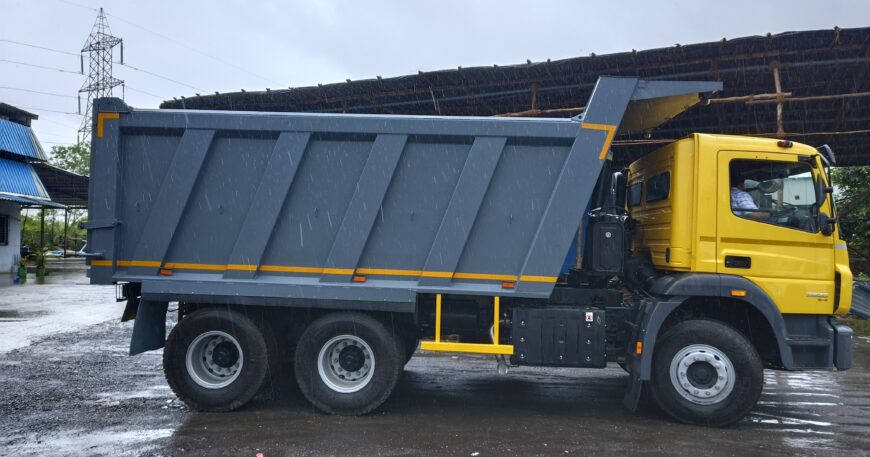Whether working on a construction, agricultural, or mine site, safety is very important. It is no secret that there are many vehicles employed at the sites which require specific safety precautions due to their unique nature. Tipper trucks are no different! It is one of the numerous vehicles that call for special safety measures because of its exceptional design.
Like most industrial equipment, tipper trucks require special attention and expert guidance to work on them to guarantee safety. There are certain safety guidelines that every site should follow, such as personal protective gear and visible signs.
Listing down more specific measures to consider when operating large machinery like tipper trucks.
- Training and Certification: Operators need to have a thorough understanding of the tipper truck’s functions and capabilities, as well as how to handle different types of loads. Every operator should undergo proper training and obtain the necessary certifications covering safety protocols and emergency procedures.
- Vehicle Inspection: Regular maintenance and servicing of the tipper truck should also be scheduled to prevent any potential breakdowns or malfunctions during trips. This inspection should include checking of tyres, brakes, lights, and hydraulics.
- Load Limits: Always follow the load capacity guidelines provided by the manufacturer. Overloading a tipper truck can jeopardize its stability and cause an accident. Ensure that the load is distributed equally and securely
- Safe Loading and Unloading: When possible, use designated loading and unloading locations. When loading and unloading on rough terrain, exercise caution and use stabilisers or blocks to prevent tipping.
- Seat Belts and Cabin Safety: When operating a tipper truck, always wear your seat belt. Make sure the cabin is clear of debris and obstructions that could block your mobility or view.
- Know Your Blind Spots: Tipper trucks have a lot of blind areas because of their size and form. Be mindful of these blind spots and use mirrors and cameras to assist you in seeing regions that you may not be able to view from the driver’s seat.
- Safe Driving Speed: When the tipper is loaded, drive at a safe and controlled speed. Instability and dangerous rollovers can result from rapid acceleration, abrupt braking, and sharp turns.
- Weather Conditions: Change your driving style to the weather conditions. Rain, snow, and ice may hinder grip and make it difficult to steer the truck. In bad conditions, slow down and increase your following distance.
- Communication: Stay in touch with ground personnel by using proper communication tools such as two-way radios, especially during backing actions or when visibility is limited.
- Emergency Procedures: Prepare for emergencies by learning how to respond to brake failures, fires, and accidents. Have the required safety equipment, such as fire extinguishers and first-aid kits, on board.
Although accidents are unavoidable, however, majority of them can be averted if we observe all safety precautions and use common sense.




